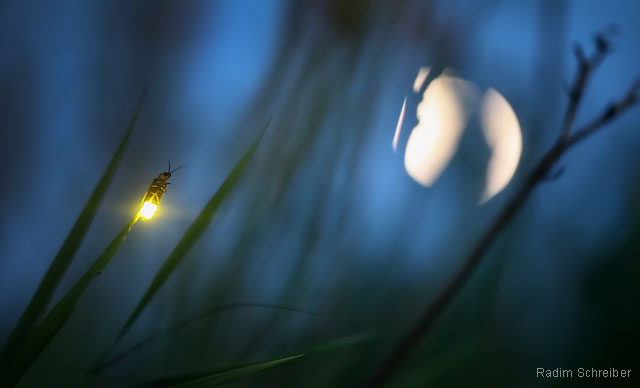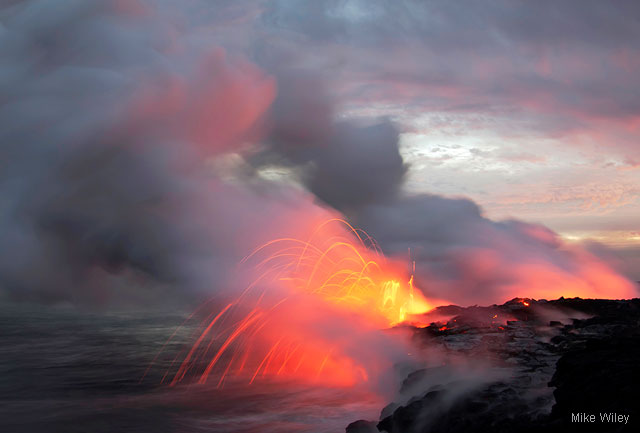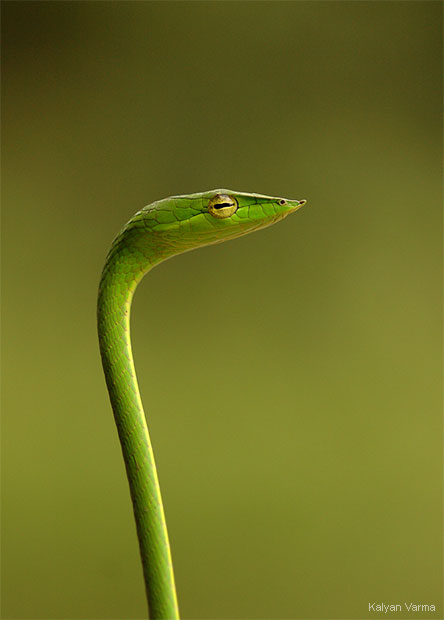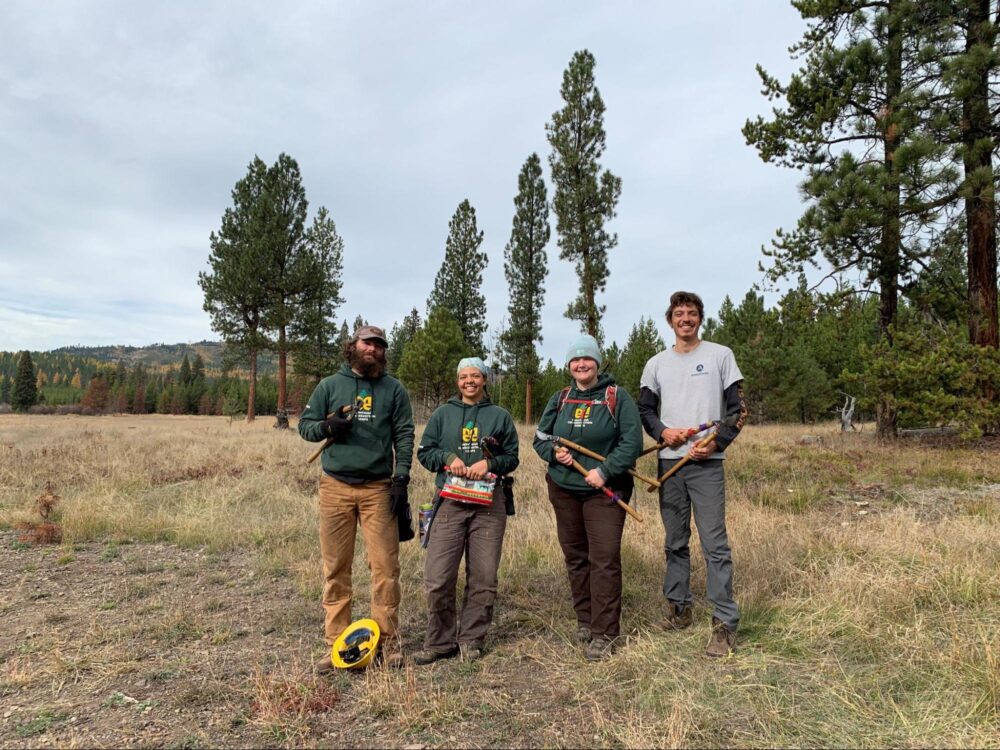We have much more to do and your continued support is needed now more than ever.
9 “Amazing” Nature Photos
What makes a photo amazing? The animal, the behavior, natural phenomena and even the photographer’s story of snagging that moment can be captivating. For over 40 years, photographers of all skill levels have entered stunning nature photos in the annual National Wildlife Photo Contest. Here are a few past photo contest entries that the photographers described as “amazing”, and I thought so, too. What do you think?
Snorkeling with an American crocodile

“In Cuba, a friend and I went a couple of times snorkeling with an American crocodile that lives in a mangrove in the Jardines de La Reina. In the last day we were there we could get very close to the crocodile. Because of the silt being stirred by the crocodile, the water visibility sometimes was reduced and we tried to approach even more the crocodile to get sharper shot. At one point we were so close that it was hard to take a picture of the crocodile without having my friend on the shot. So I decided to include him on the frame and register this amazing moment of being so close to a creature full of sharp teeth.”
Glass Frog

“I owe great thanks to my Costa Rican guides for venturing out at night and finding this glass frog, which due to their small size and translucence are extremely difficult to find. With this photograph, I wanted to highlight the frog’s eyes which exhibit amazing geometric patterns. I created this image by shooting with my lens aperture wide open, throwing everything except the eyes out of focus. It’s as if this pair of wild eyes are disembodied orbs just floating in the green glow. An off-camera light was positioned below the leaf the frog was sitting upon, and a diffused flash was positioned above it, creating a luminescence that envelops the frog.”
Fishing Bat

“The fishing bat, Noctilio, uses its amazing sonar abilities to detect miniature ‘bumps’ in the water surface to detect minnow sized fish. With its long claws, it then rakes the fish out of water an eats it on the wing.”
Firefly

“In the Czech Republic where I grew up, I only saw fireflies a couple of times, deep in the forest. When I came to the United States, I was shocked and thrilled to see the abundance of fireflies and their amazing glow. I was happy to encounter this firefly in my backyard and photograph its magical bioluminescence.”
Grizzly Chasing Salmon

“The picture was taken in August 2010 during a 5 days stay at Hallo Bay, where I had an amazing experience living in close contact with these wonderful animals. Since there are no water falls to cause temporary trap of sorts in the Hallo Bay rivers as there are in other areas of Katmai National Park such as Brooks Falls or McNeil River, here the bears use a different fishing technique. With the low tide the bears fish along the coast, at the mouth of the creeks, and then, when the salmons enter the creeks with the high tide, they move in with the salmons and try to catch them with spectacular jumps in the water. They say that, on average, only one on five attempts succeeds. The day I took the picture was cloudy, the light was quite poor, but thanks to a good timing, the high shutter speed and the splashes enlightening the scene I managed to freeze the action. It’s been one sole, lucky moment, for the salmon and also for me.”
Molting Cicada

“Cicadas are insects that live below ground for several years as juvenile nymphs. When their internal clock rings, the nymph burrows from the ground, climbs a plant or other suitable object and commences the transformation to become an adult. At dusk, the nymph’s shell splits open, and the soft, pale adult begins pushing out. After it has freed itself from its larval husk, it begins to harden. By dawn, the cicada is ready to live its life as an adult. I am privileged to have witnessed and shot this photograph of the Cicada that had freed itself from the shell and was hardening. I photographed the amazing phenomenon of the Cicada’s Transformation at the Whetstone Park in Columbus, Ohio. I made the conscious effort to include the shell, the hardening adult and a little of the tree branch so that the complete story is told in one photograph.”
Lava Flowing into the Ocean on the Big Island of Hawaii

“As lava flows into the ocean, the contrast in temperatures creates some amazing photo opportunities. On this evening, the sun was setting. The lower light made for longer exposures, capturing the trails of the exploding lava.”
King Penguin Adult and Chicks

“After a wet zodiac landing at Gold Harbor on South Georgia Island we wandered about an amazing King Penguin colony that easily had over 100,000 animals. The 9 month old King Penguin chicks called ‘Oakum Boys’ were the highlight. They were comical to watch as they ran around chirping, falling down and bumping into each other. They seemed to love hanging out and playing with each other. Every once in a while an adult wandering among the chicks which really highlighted the differences between the King Penguin babies and the mature adults.”

“The vine snake is master of camouflage. When it’s in between leaves, it’s almost impossible to spot one. But when it comes out, it’s quite easy. This amazing one was crossing the road when we found it. When we approached it, it stood up still without any movement to avoid detection.”
If you like this…
Check out the photos in the final voting round to win the People’s Choice Award in the 2013 National Wildlife Photo Contest. Vote for your favorite before August 12th!




















